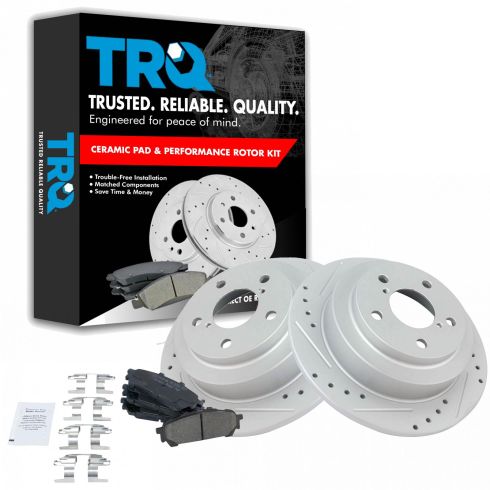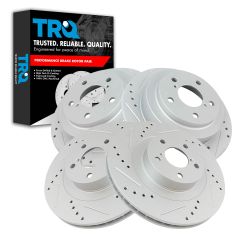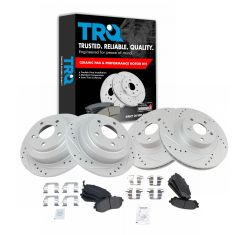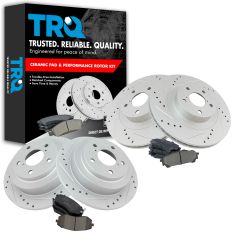1APBS00283-Subaru Forester Impreza Saab 9-2X Rear Ceramic Performance Brake Pad & Rotor Kit TRQ Performance BKA12242

Replaces
2006 Subaru Forester Rear Ceramic Performance Brake Pad & Rotor Kit TRQ Performance BKA12242

Product Reviews
Loading reviews
There are no reviews for this item.
Customer Q&A
Will these fit a 2004 2.5rs Subaru Impreza?
August 28, 2019
10
Yes, these are listed to fit the 2004 Subaru Impreza for the rear. Thank you for the inquiry!
August 28, 2019
Andra M
Subaru is a registered trademark of Fuji Heavy Industries Co., Ltd. 1A Auto is not affiliated with or sponsored by Subaru or Fuji Heavy Industries Co., Ltd.
See all trademarks.













